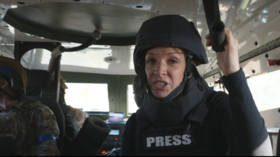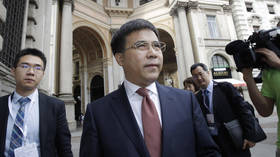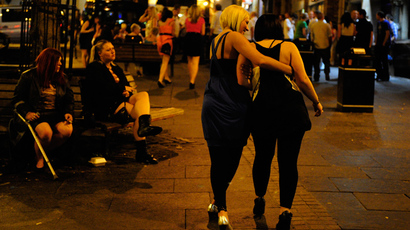School children offered Class A drugs – Home Office

Over a quarter of school children – some of them as young as 11 – are being offered illegal drugs, including highly addictive Class A substances, according to Home Office figures.
Some 28 percent of pupils were offered drugs over the past year. Four percent of pupils aged 11 to 15 were reportedly offered crack cocaine and heroin.
Seven percent of pupils use cannabis and three percent use glue, aerosols, or solvents, the figures show. A total of 93 pupils were charged with drug offenses, nine of whom were primary school students.
The crime survey involves interviews with 36,000 people about their experience of crime over the past 12 months.
Overall, the number of adults using illicit drugs in England and Wales rose by an estimated 230,000 to 2.7 million, most of whom were aged 16 to 24. Around two million people aged 16 to 59 used Class C cannabis over the same period.
Cocaine, ecstasy, LSD, and ketamine saw a rise in users, with nearly one million people taking Class A drugs over the past year. Overall, 8.8 percent of adults said they had used illicit drugs – up from 8.1 percent in 2012/13, but down from a 12 percent peak in 2002/03.
Of the three percent of adults who regard themselves as frequent drug users, men and people living in deprived areas are more highly represented. Adults from Asian or British Asian backgrounds had the lowest levels of drug use.
Gay or bisexual men were found to be much more likely than straight men to use drugs, with one-third saying they had used illicit drugs in the last year – compared to 23 percent of gay or bisexual women, 11 percent of heterosexual men, and five percent of heterosexual women.
The majority of users procured drugs from someone close to them, while a quarter said they had sourced them directly from a dealer. Drug taking was found to mostly take place in the person's home or at someone else's house, though one-quarter said they took drugs in pubs, clubs, or at a party.














